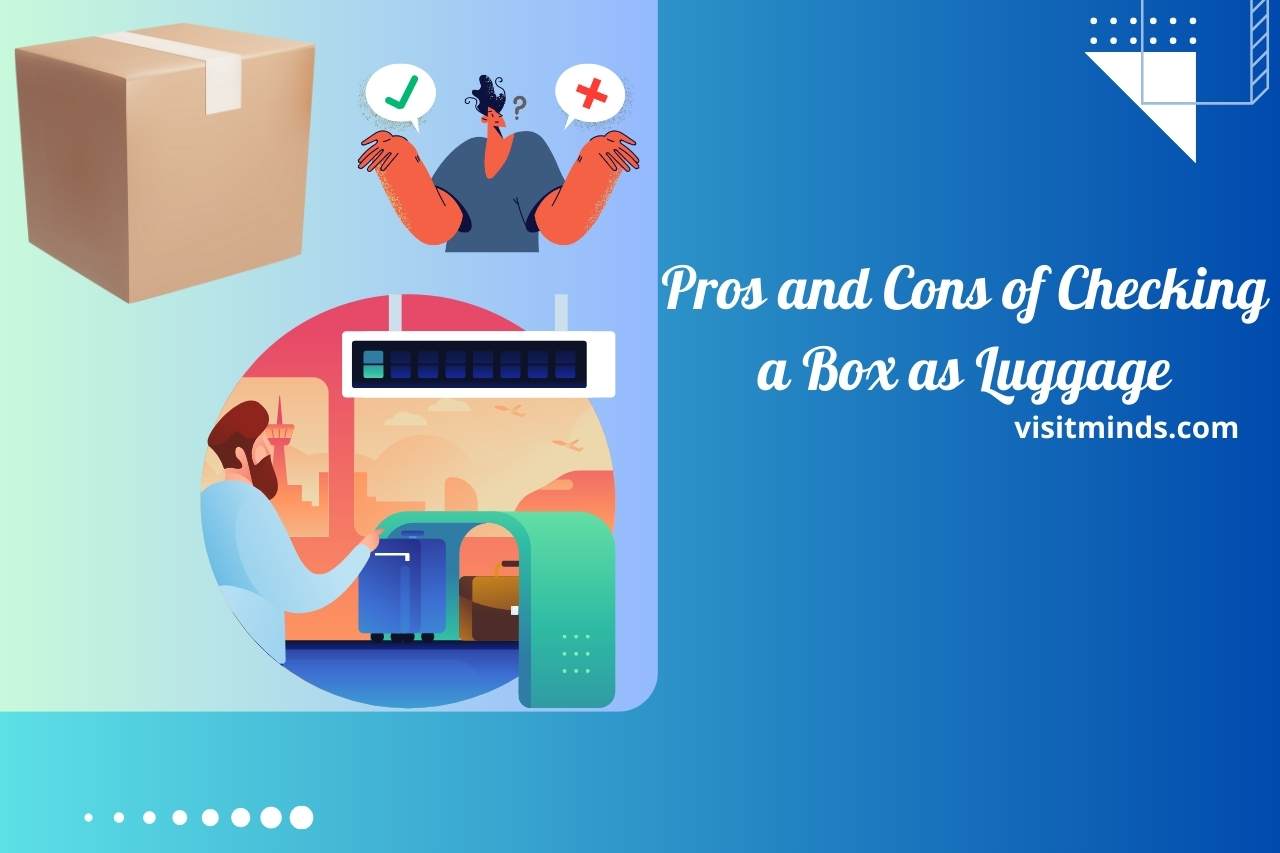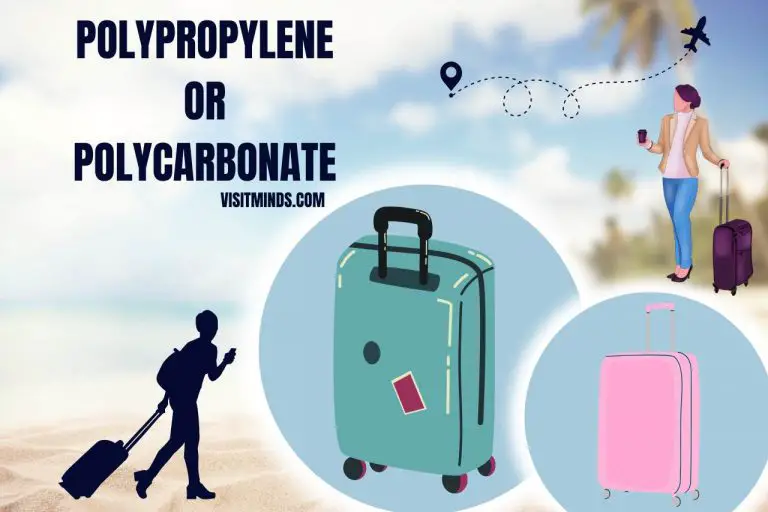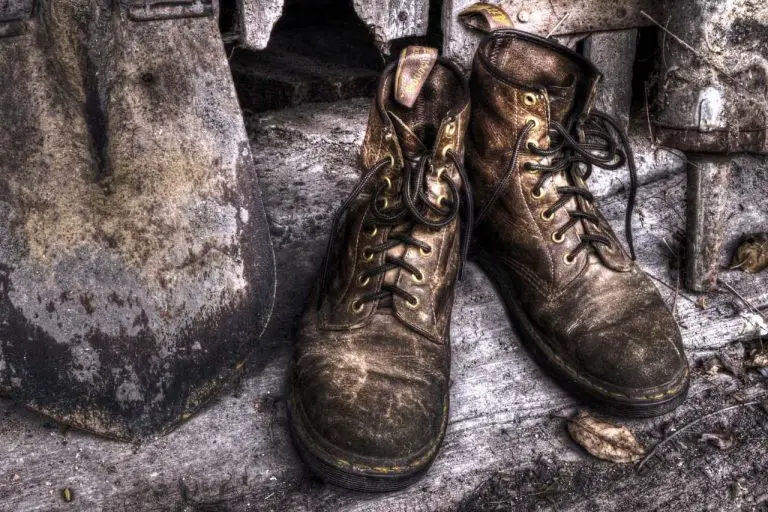Can I Use a Box for Checked Luggage? Unconventional Travel Tip!
Choosing the correct luggage is essential when traveling. Many people ponder whether it is possible to check a box as luggage. Can I use a crate for checked baggage? Our extensive article strives to answer this query and provide the required information. We are here to assist you in making an informed choice because we know every traveler has different needs and interests.
Can I Use a Box for Checked Luggage?
Airlines generally discourage passengers from using a box for checked baggage for some reasons. Although some airlines might allow containers as checked luggage, knowing that they have particular policies and limitations is crucial. Here are a few things to think about:
- Boxes are often less robust than specially designed luggage. Your possessions are at a higher risk of being damaged during transportation if they can’t resist the strain of handling.
- Boxes provide minimal protection for the goods, unlike luggage or bags built with cushioning and reinforced structures. Fragile things are particularly prone to breaking or being damaged without adequate cushioning.
- Concerns about the security of your possessions are raised by the ease with which boxes can be opened or tampered with. Packages may need additional security measures to prevent theft or illegal access, unlike luggage with built-in locks.
- The airlines set specific restrictions on the size and weight of checked baggage. If boxes don’t fulfill these specifications, the check-in counter may impose extra fees or reject them.
- Airport employees and baggage handlers are used to managing standard pieces of luggage, like suitcases and backpacks. Using a box could make handling more challenging and raise the possibility of mishandling or loss.
What Types of Boxes Can I Use for Checked Baggage?
If you opt to utilize a box for checked baggage, it is crucial to pick one that is appropriate for travel and complies with your airline’s regulations. Consider the following factors while choosing the proper box type:
- Choose a strong box made of long-lasting materials like corrugated cardboard or plastic. Avoid utilizing fragile boxes that might not hold up after handling.
- Make sure the box you choose complies with your airline’s size requirements. Packages with a rectangle or square shape are typically simpler to handle and stack. Stay away from big or odd-shaped containers since these may not fit in the baggage processing systems.
- Use packing tape to reinforce the box’s seams and edges to make it stronger. This can offer extra stability and guard against the package being readily damaged when being handled.
- Your name, contact information, and travel information should be written on the package. This will assist in locating and identifying your luggage in the event of any problems or maltreatment.
- Use the proper packing materials, such as bubble wrap, foam inserts, or packing peanuts, to safeguard the box’s contents. These will provide padding for delicate things, keeping them from shifting or breaking while in transportation.
- Make careful use of sturdy packing tape to close and seal the box. If the package doesn’t already have built-in locking mechanisms, consider adding more straps or locks to offer extra security.
Are There any Size or Weight Restrictions for Boxed Luggage?
Usually, airlines set restrictions on the size of checked baggage. This comprises the box’s width, height, and length. There are typically 62 linear inches (length + width + height) to 70 linear inches of size limitations for checked baggage.
To prevent any problems, make sure your box fits within these limits. Weight restrictions are often placed on checked baggage by airlines.
This speaks to the combined weight of the box and everything inside. The common range of weight limits is 40 pounds (18 kg) to 70 pounds (32 kg). You might have to pay extra fees or repack your things if you exceed the weight restriction.
You might have had to pay more if your boxed luggage exceeds the airline’s weight or size limits. To avoid unpleasant surprises at the check-in counter, abide by the airline’s requirements. Oversized or overweight luggage fees vary and can be rather expensive.
Some airlines have specific guidelines for transporting specialized things, such as fragile goods, musical instruments, or recreational goods. These objects might need special handling or packaging or have additional size or weight constraints. Verify the airline’s policies regarding these unique items.
How Should I Securely Seal a Box for Checked Luggage?
- Make use of premium packaging tape intended for shipment or other demanding services.
- Use masking or regular household tape sparingly because they are not strong enough.
- Start by firmly taping the box’s bottom seam.
- To make sure the seam is well sealed, place several strips of tape along it. As a result, the box is less likely to open during handling or collapse from the bottom.
- Add more tape by placing strips on the box’s corners inside and outside. This increases the box’s protection against damage and strengthens its structural integrity.
- Place strips of tape where the box flaps meet on the edges. To strengthen the closing, ensure the video overlaps onto the top and bottom portions of the box.
- Fold the top flaps and tape them shut after you have packed the box with your stuff.
- Tape the flaps throughout their length to provide a robust and secure closing.
- Consider employing additional sealing techniques to increase box security. Use box straps, zip ties, or security wraps to secure the package further and prevent tampering.
- Include your name, phone number, and travel information on the box’s label. You can install an identification tag or label inside the container if the external brand is damaged or removed.
Are there Airlines that Prohibit Boxed Luggage in Checked Baggage?
Some airlines do not allow boxed luggage at all in checked baggage. Airlines may have different rules, but knowing that many have limitations or outright bans on utilizing boxes as checked baggage is crucial. These limitations are usually in place for operational, security, and safety reasons.
As stated clearly in their baggage policy, boxes may not be accepted as checked baggage by several airlines. Passengers might have to utilize special luggage or bags in their place.
Other airlines might buy boxes if they meet certain restrictions, like those for size, weight, or packaging. To find out the airline’s opinion on boxed luggage, studying their baggage policies is critical.
How Should I Label a Piece of Boxed Luggage to Avoid Misplacement?
Put a strong luggage tag on the box’s exterior. Choose a tag with a clear window for adding your contact information that is made of sturdy materials like plastic or metal.
Include your entire name, contact information, and email address on the luggage tag. Keep your home address private for security reasons. Giving the airline several ways to reach you enhances the likelihood that you will be contacted in the event of a problem.
Make sure the details on the luggage tag are legible. Write your contact information in bold, readable print or with a permanent marker. To ensure simple readability, think about utilizing large, legible letters or perhaps printing a label.
Pros and Cons of Checking a Box as Luggage
Pros:
- Occasionally, checking a box may be less expensive than buying specialist luggage. You can save spending money on new luggage by using an existing package that fits the bill and the airline permits it.
- Comparatively speaking, boxes offer more versatility in size and shape than standard luggage.
- Using a box may be a practical choice if you need to move large or oddly shaped products.
- You have more control over how you pack and organize items using a box. You can provide fragile products with specialized protection using packing supplies like bubble wrap or foam inserts.
- Boxes, however, can be opened and accessible from any side, unlike particular luggage, which has restricted access due to zippers or compartments.
Cons
- Boxes tend to be less sturdy and may not withstand the stresses of the baggage handling procedure and specially designed luggage. They might be more vulnerable to harm if they don’t have reinforced edges or seams.
- Boxes offer less built-in protection than luggage with padding and reinforced structures. Fragile things may be more prone to breakage or damage without adequate padding.
- Specific weight and dimension limitations apply to checked baggage with airlines. If your box is too big, you might have to pay extra costs, have your luggage turned away at check-in, or repack your items.
- Comparing boxes to luggage with built-in locks, the former may be more prone to tampering or unlawful access. It could be required to take additional security precautions, like employing straps or waves, to increase security.
- Boxes might not be as easy for airport personnel and baggage handlers to carry compared to regular luggage goods. The likelihood of improper handling, misplacing, or delays may arise.
Are There Additional Fees for Checking a Box Instead of a Suitcase?
You can be charged for oversized baggage if your box is larger than the maximum size the airline allows. This charge, which can fluctuate, is frequently in addition to the standard rate for checked baggage. Airlines often place weight restrictions on checked luggage.
If your box and its contents weigh more than allowed, you might have to pay an overweight baggage fee. This price is often in addition to the regular checked luggage fee, just as the oversized baggage fee.
The number of checked luggage passengers can check with some carriers is capped. You may exceed this limit by matching an additional box and incur an excess baggage charge. This price may change depending on the airline and how much extra luggage you are checking.
Can I Check in Multiple Boxes As Luggage?
Airlines frequently have precise baggage allowance rules that specify how many bags are permitted per passenger. Depending on your ticket class or frequent flyer status, this may be a fixed number, like two checked baggage.
If you choose to check more than one box, be sure you stay within the allowed limit. You must follow the airline’s size and weight regulations for every package you check.
Verify that every box adheres to the weight and size restrictions to prevent additional costs or rejection at the check-in counter.
Several airlines levy a surcharge for each other bags checked over the regular allowance. If you intend to check numerous boxes, be advised that any extra baggage costs, as well as any fees for oversized or overweight baggage, may need to be paid for each additional package.
Watch this video,
Video Credits – SriNarmi Treatz
You May Also Like
- Traveling Light: A Visual Guide to 50 Pounds of Luggage
- Can You Pack Soda in Checked Luggage? – All You Need to Know
- Do Cans Explode in Checked Luggage? Safe Travel Tips!
- Polypropylene or Polycarbonate – Making the Right Material Choice!

Hi there, I’m Chathuranga, a travel enthusiast, web developer, and the chief editor of Visitminds.com. Traveling around the world, and experiencing different types of cultures, hotels, and destinations is my passion and I will put my best foot forward to share my knowledge on Visitminds.com via exciting blog posts to make you a pro traveler. Let’s do this!







![Are Rain Boots Good for Snow? [Don’t Get Caught Out]](https://visitminds.com/wp-content/uploads/2022/11/are-rain-boots-good-for-snow-768x512.jpg)
